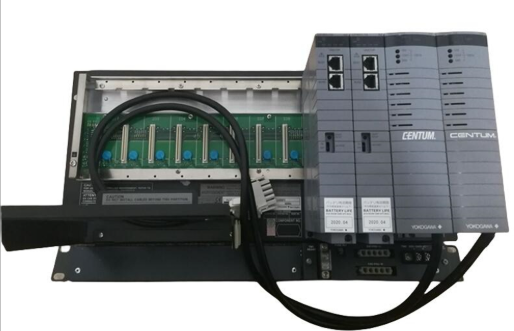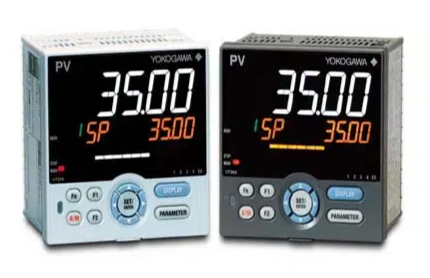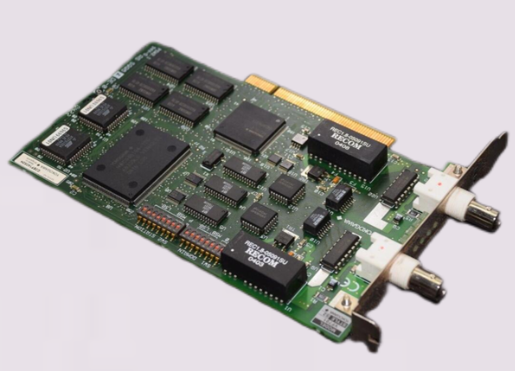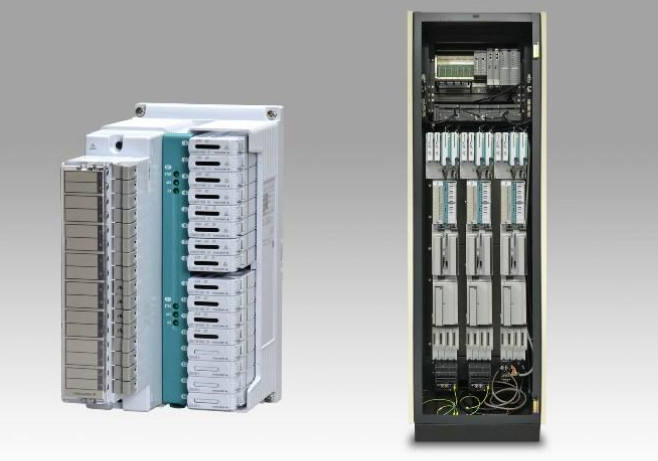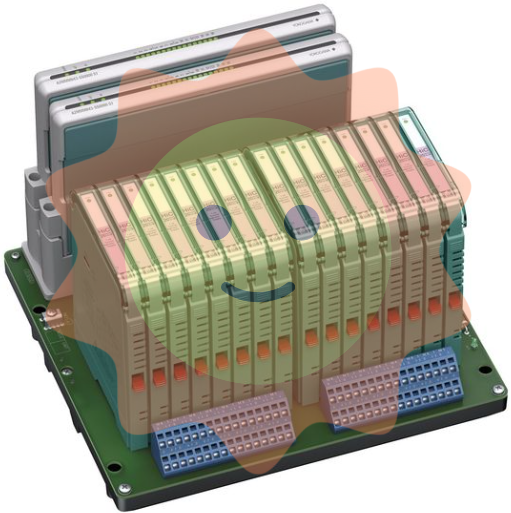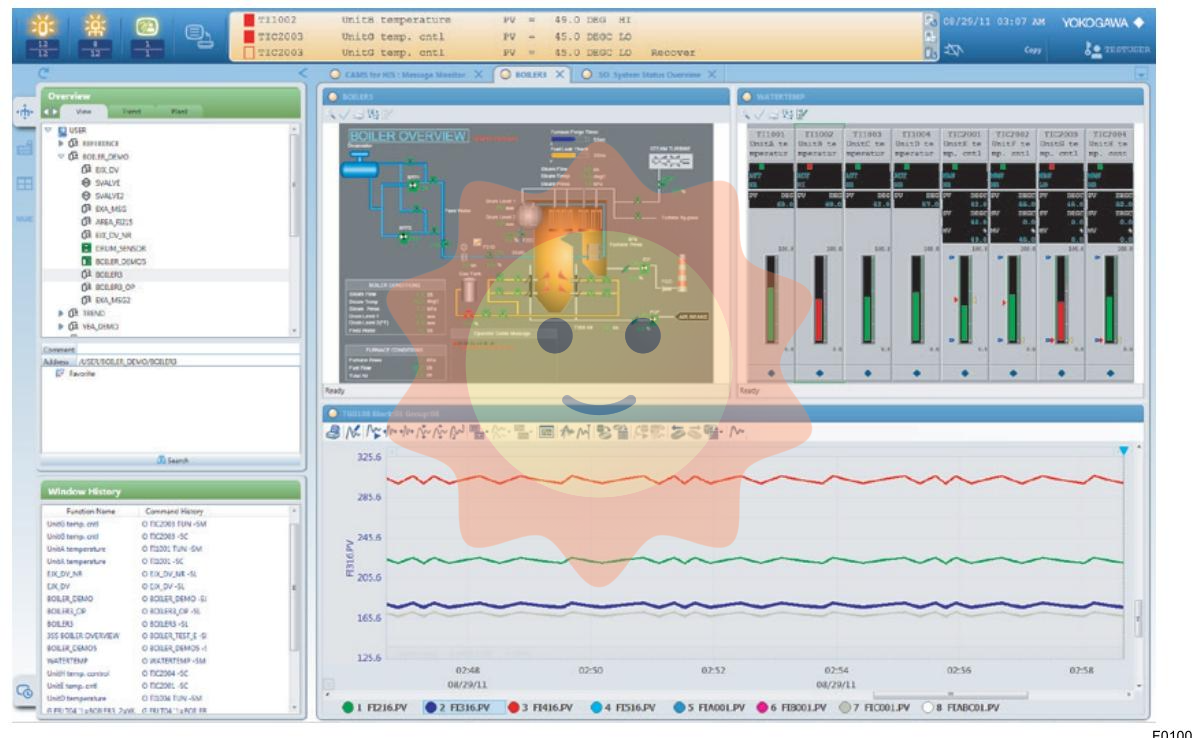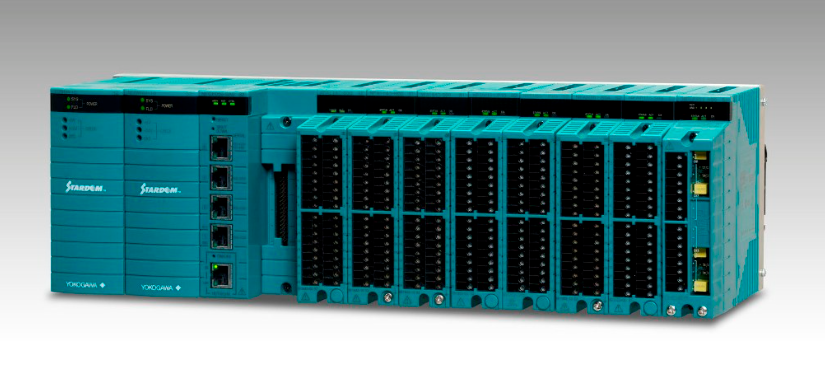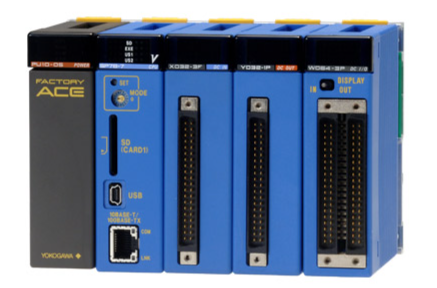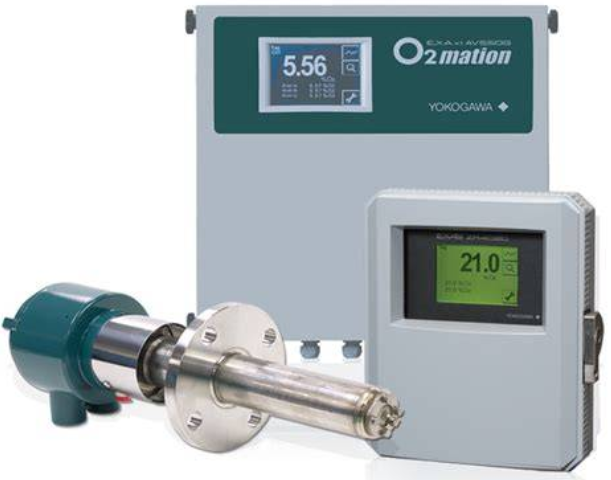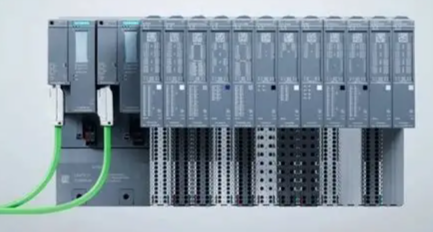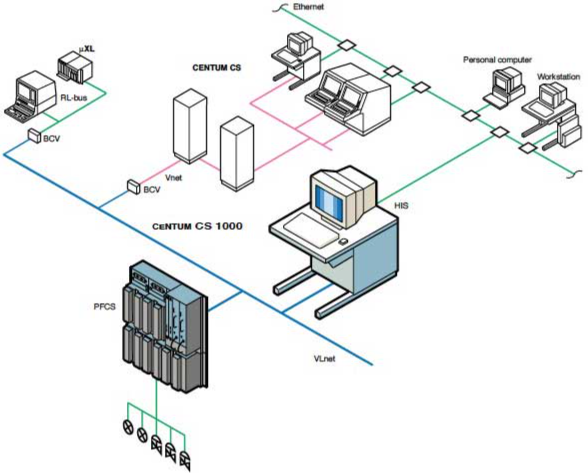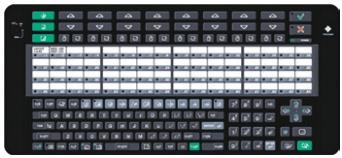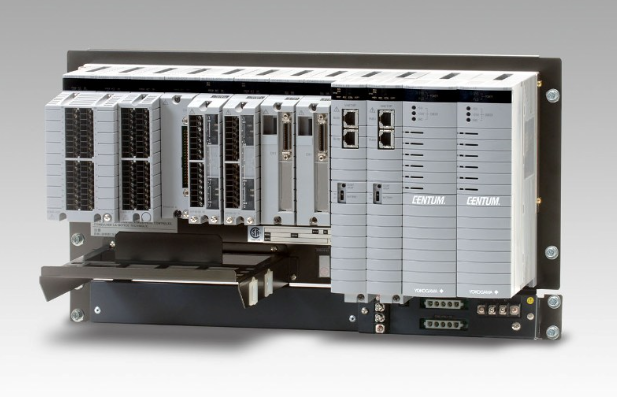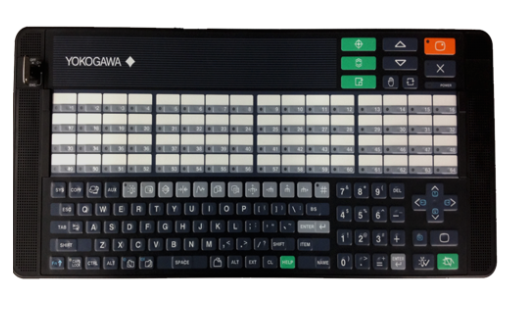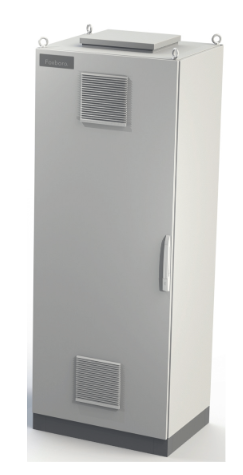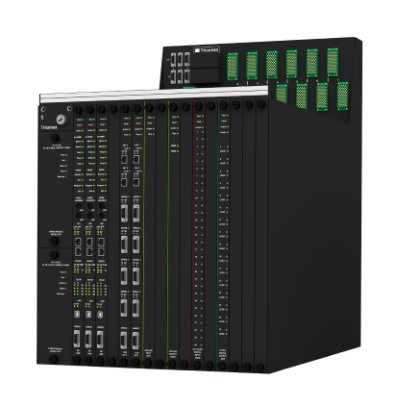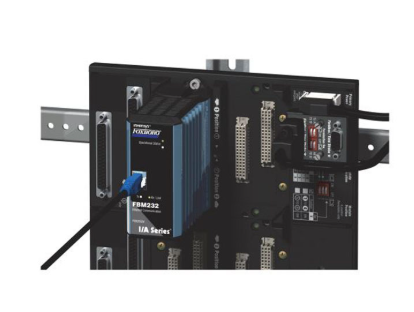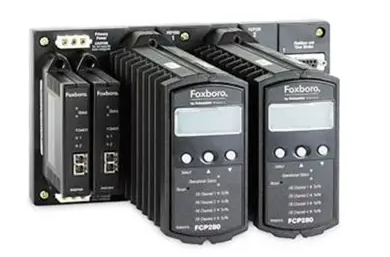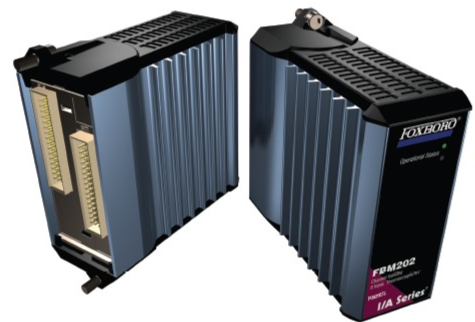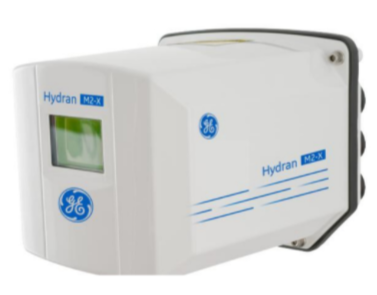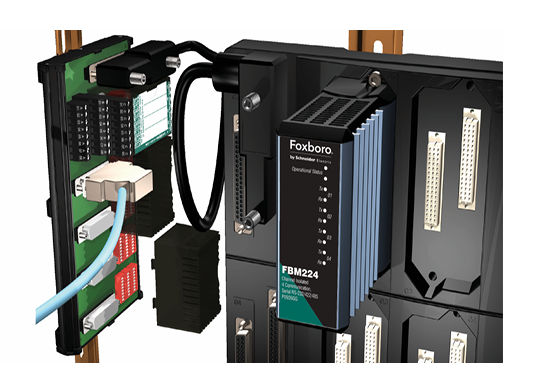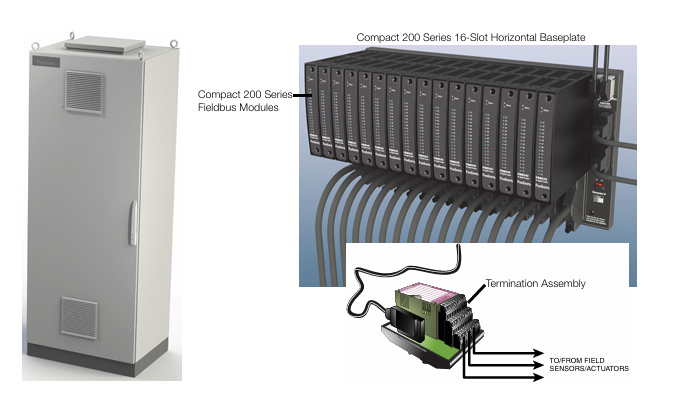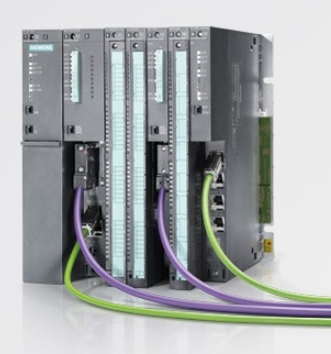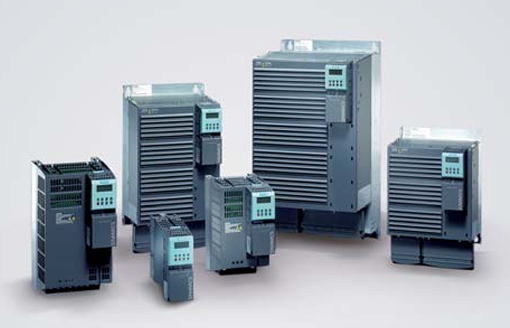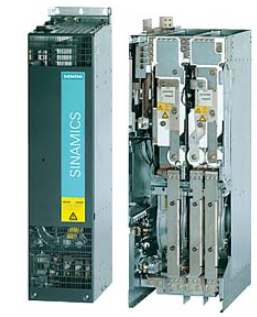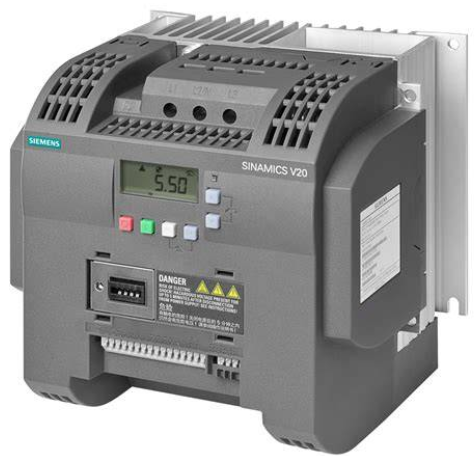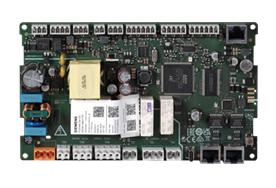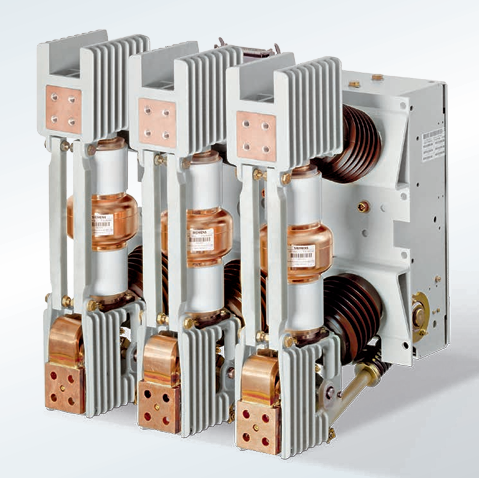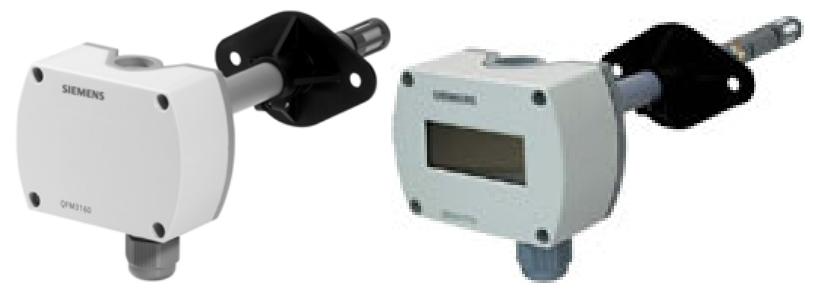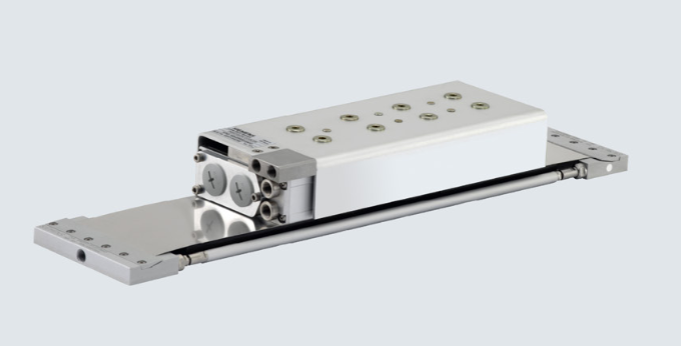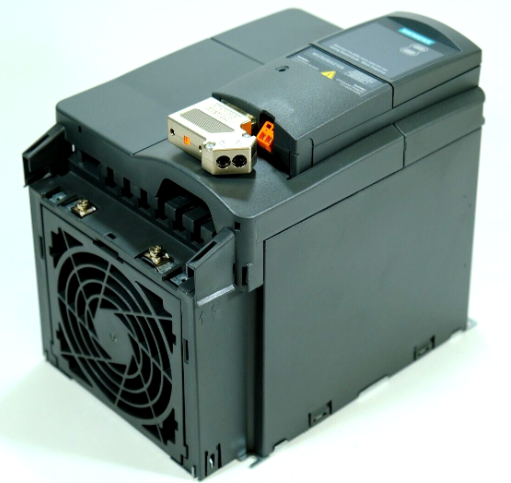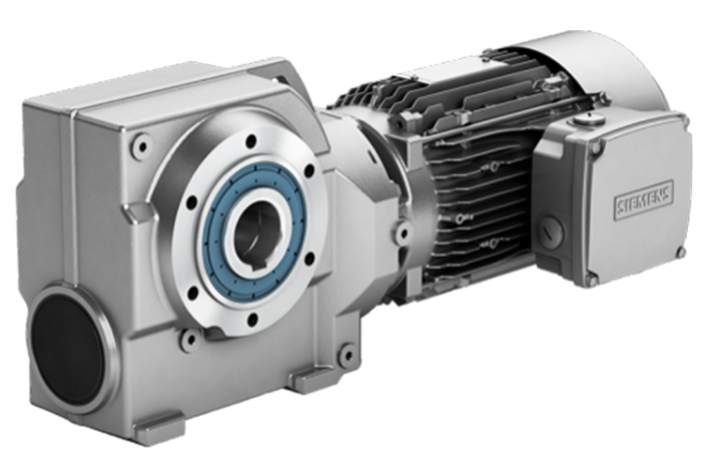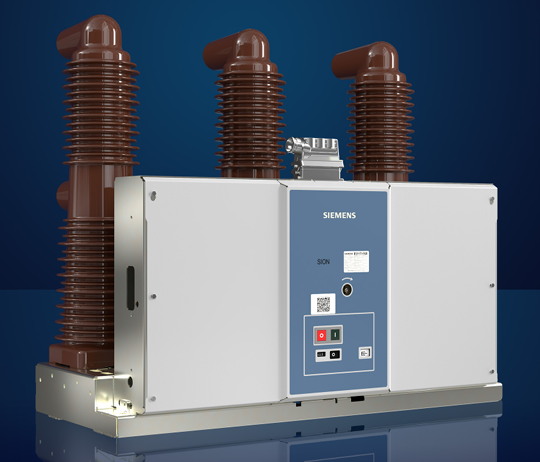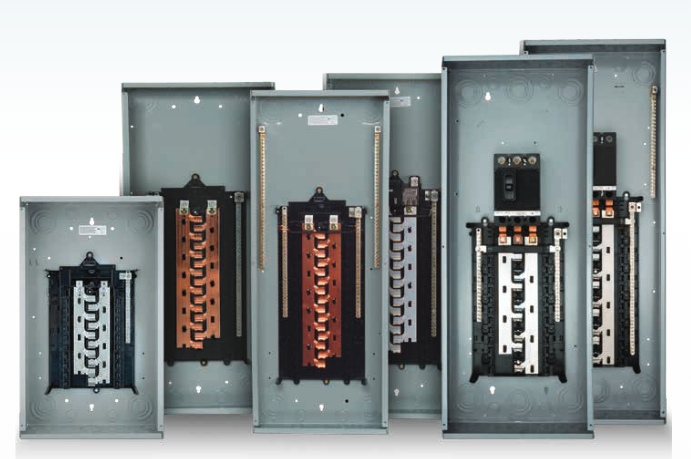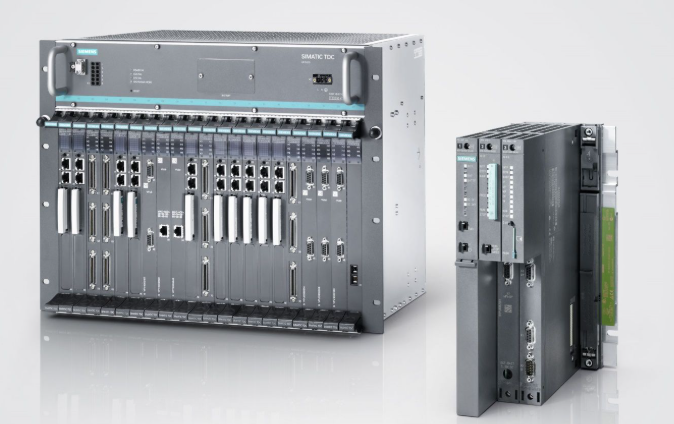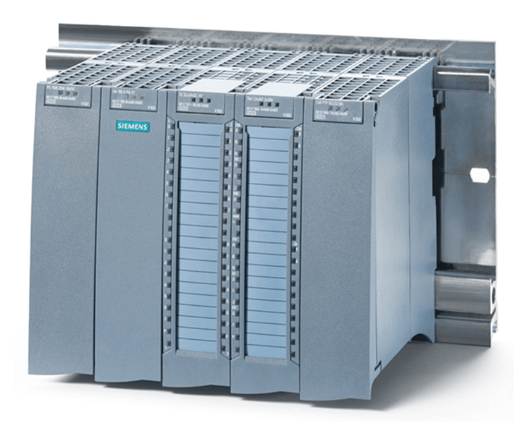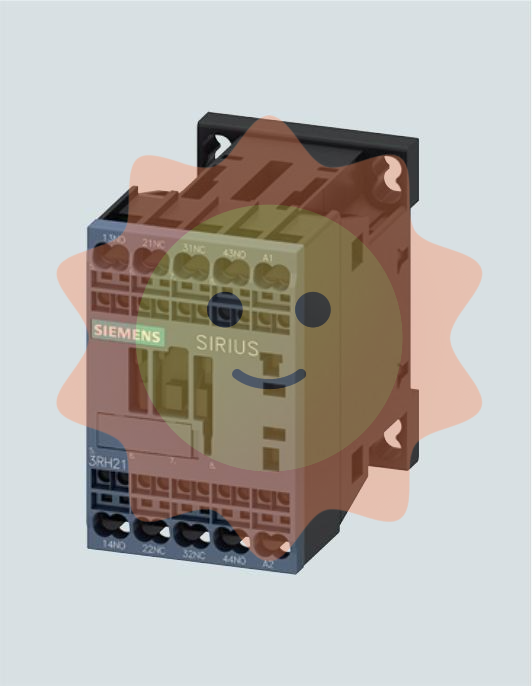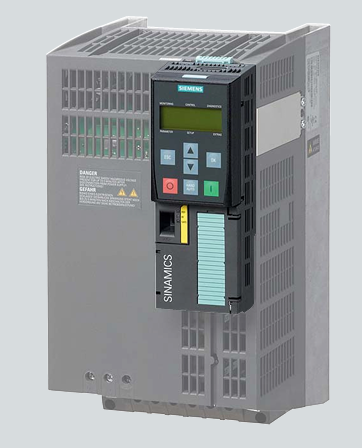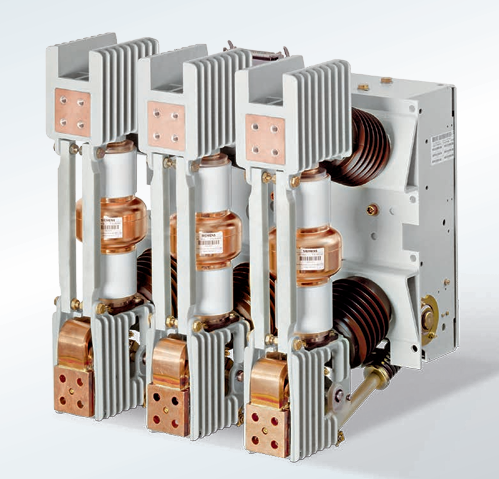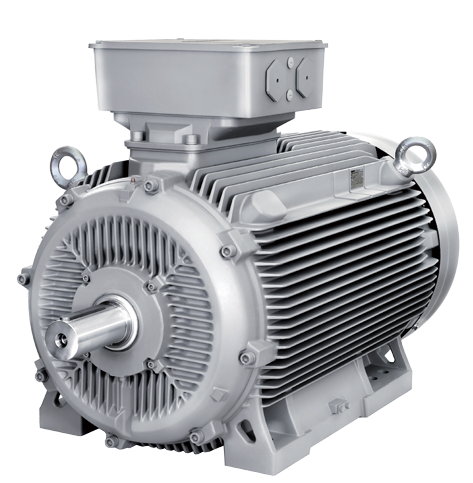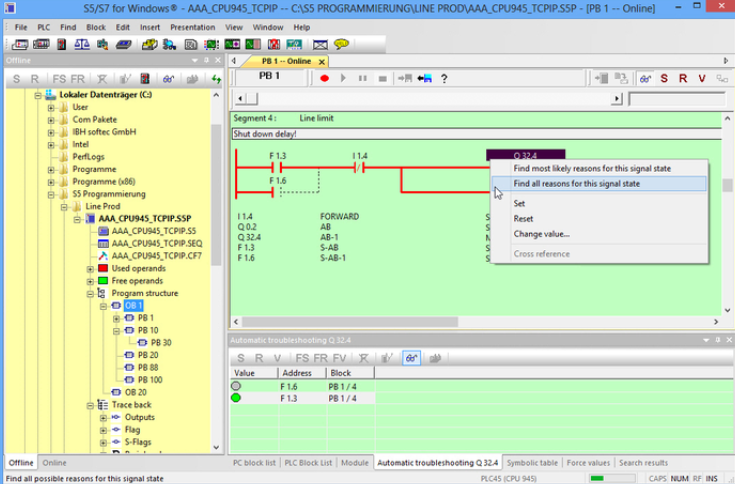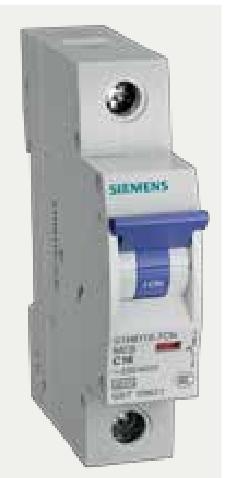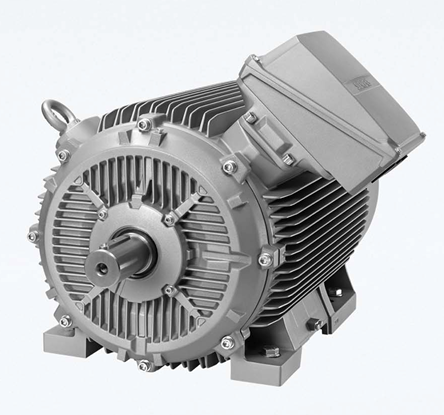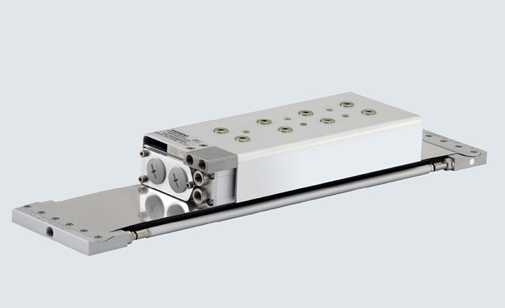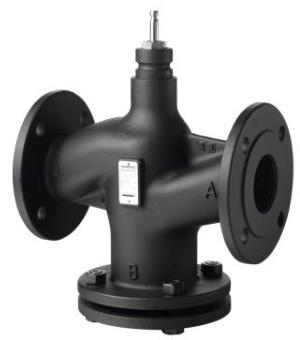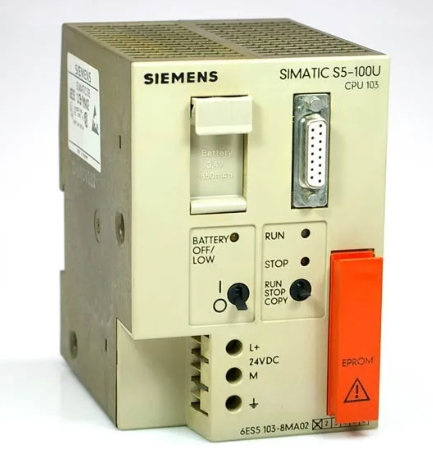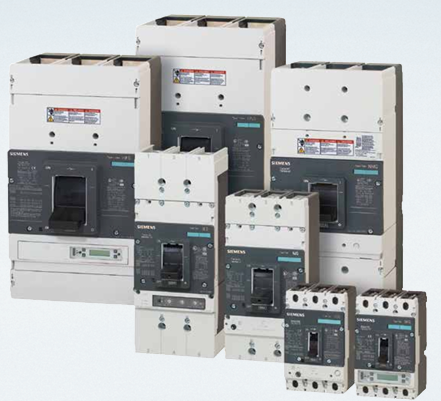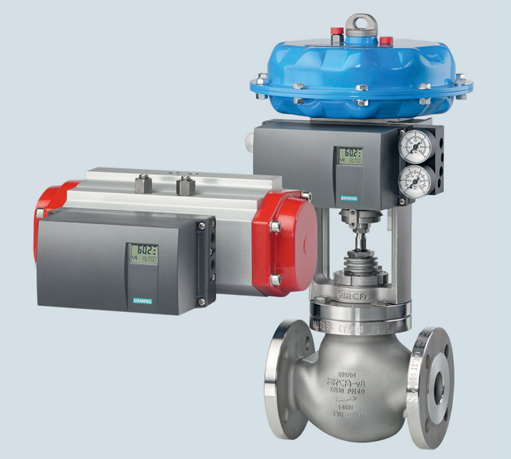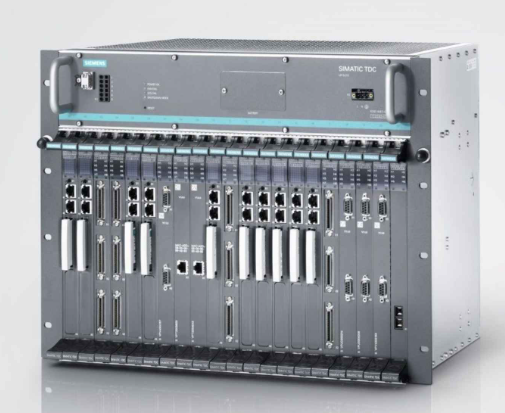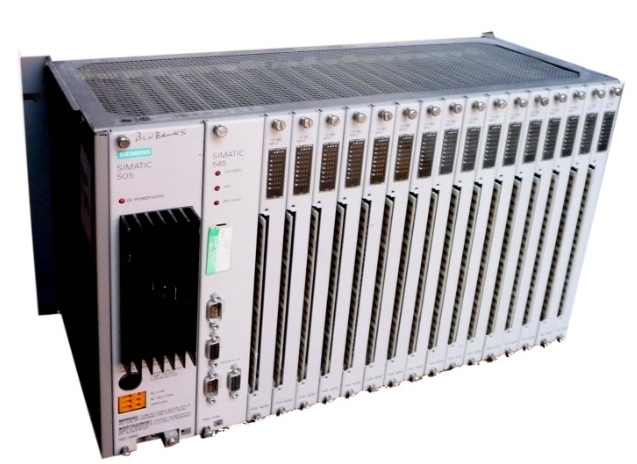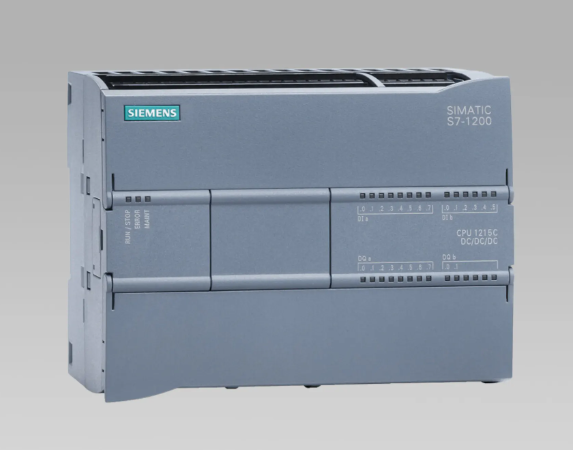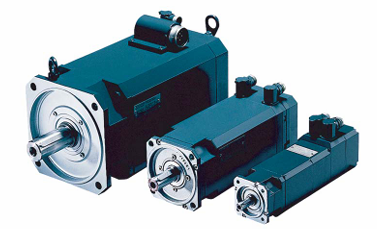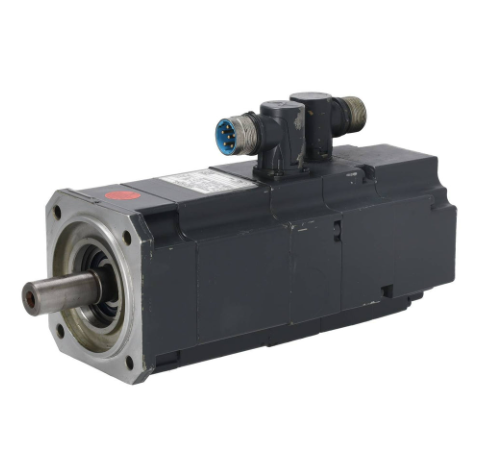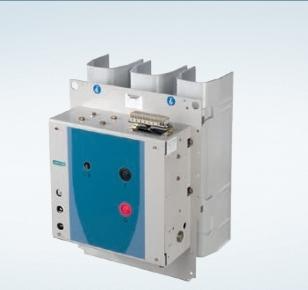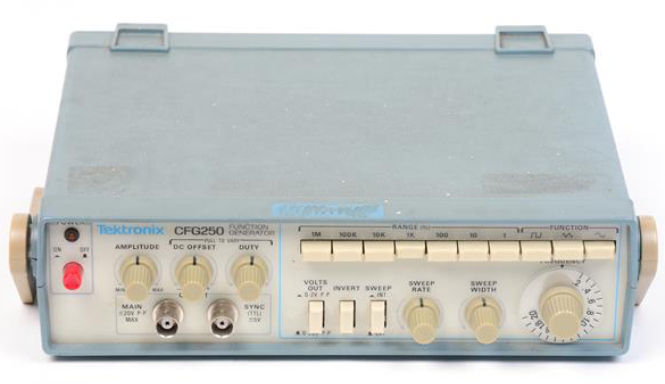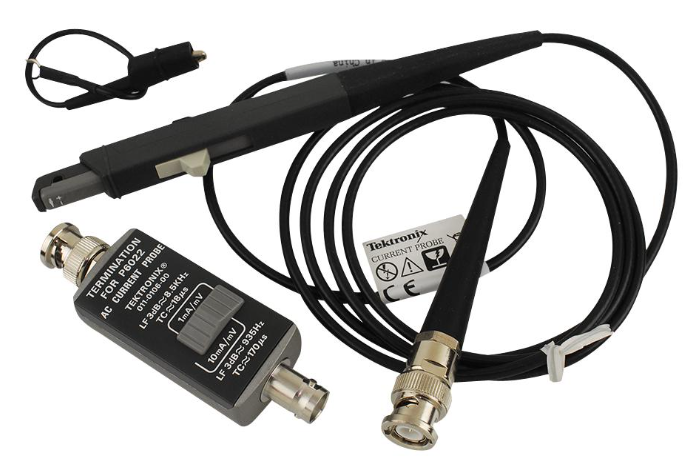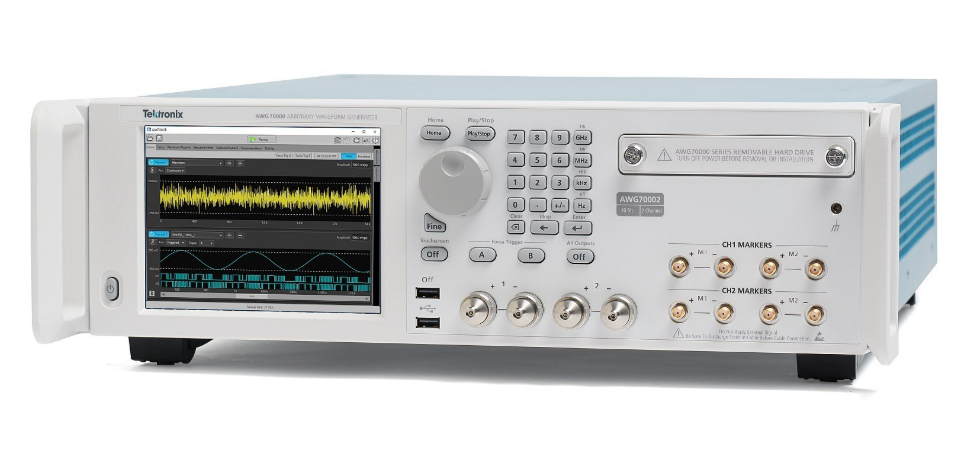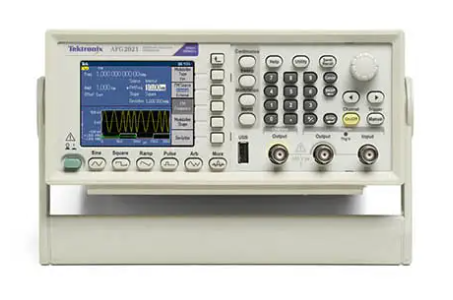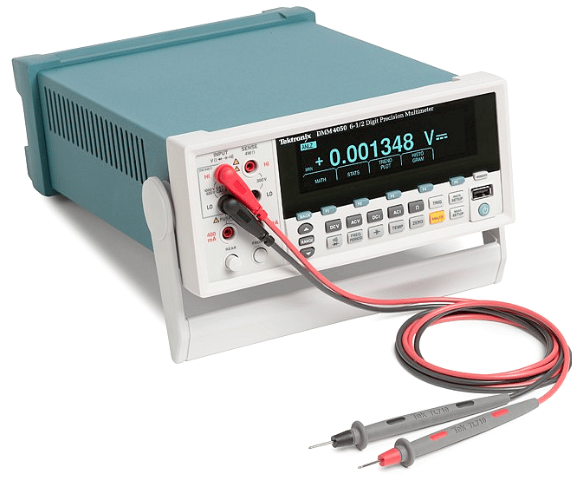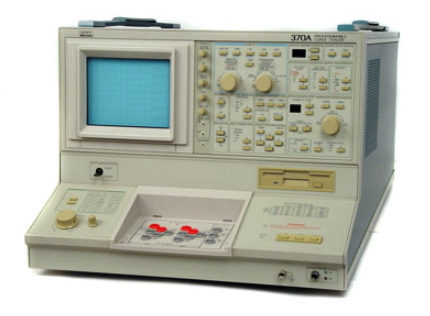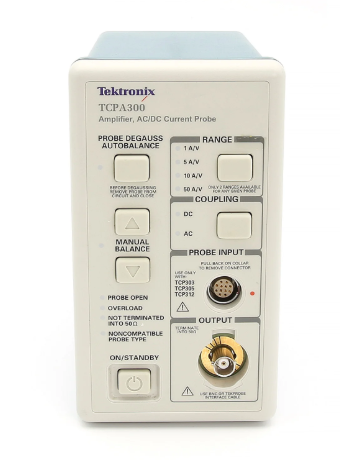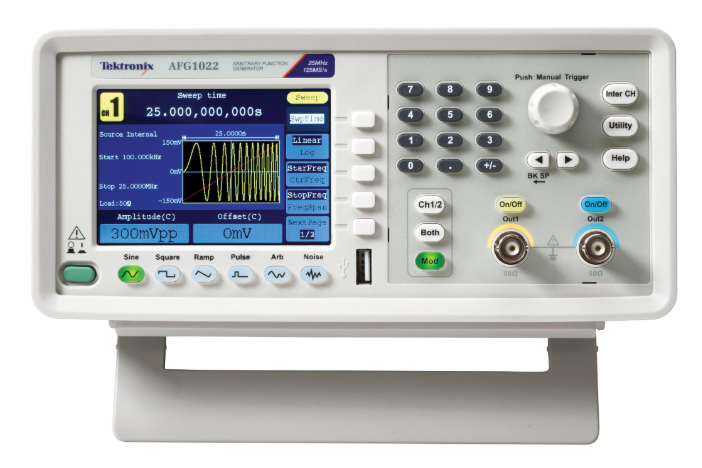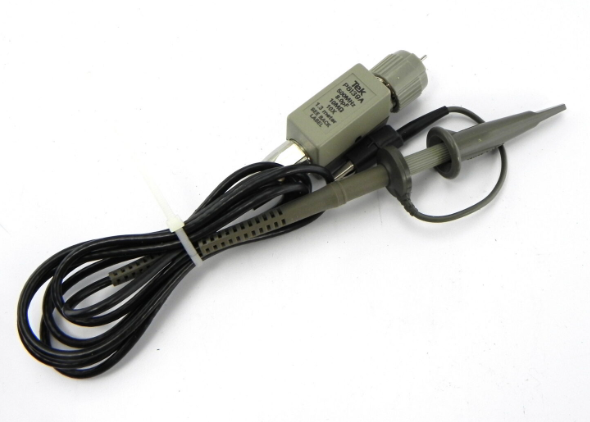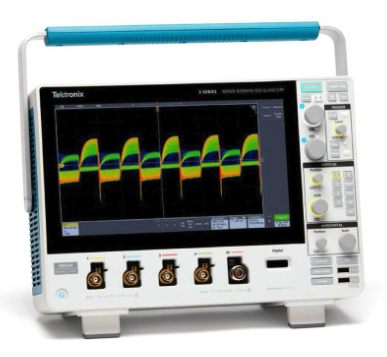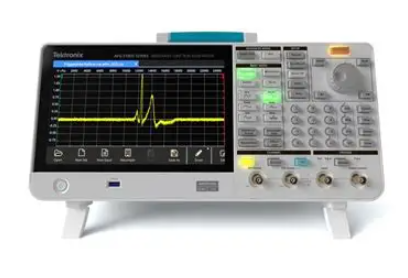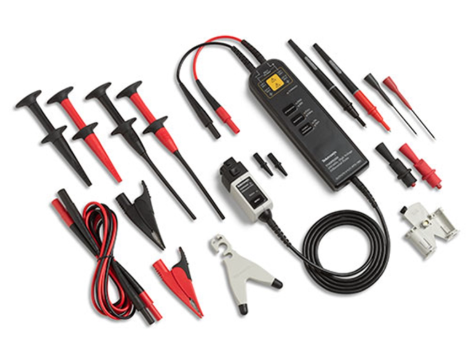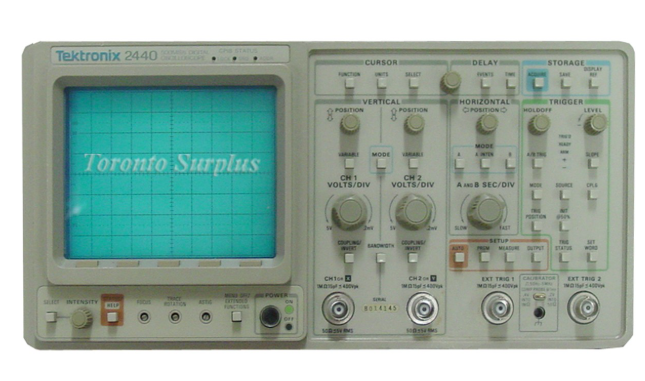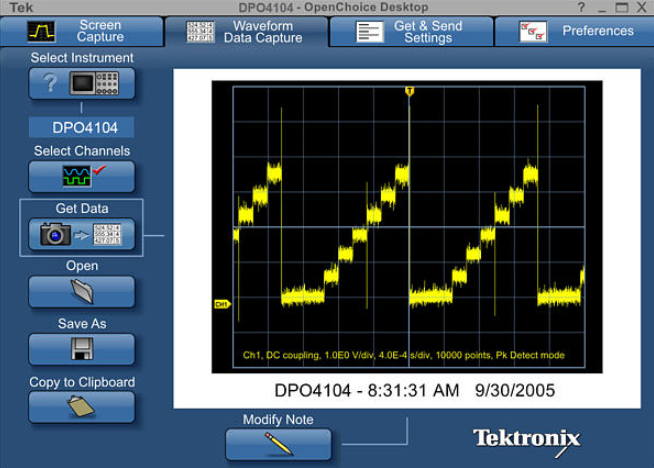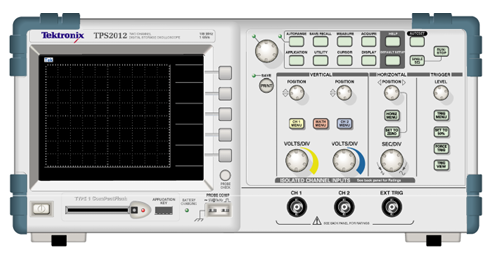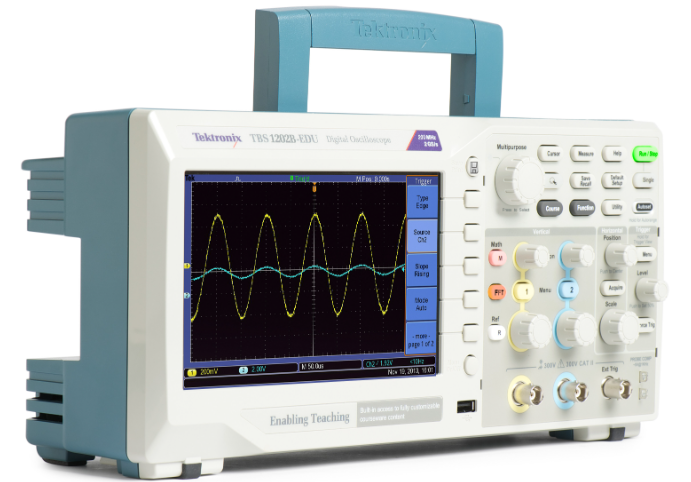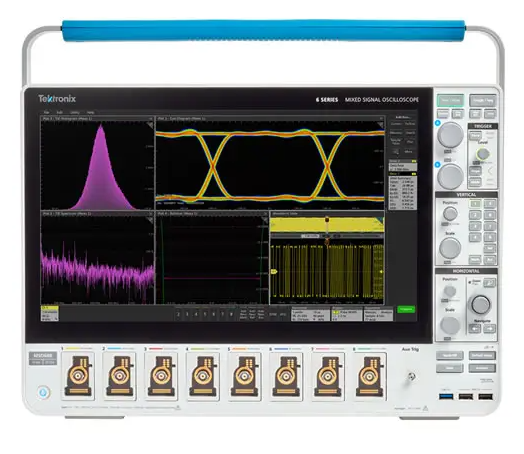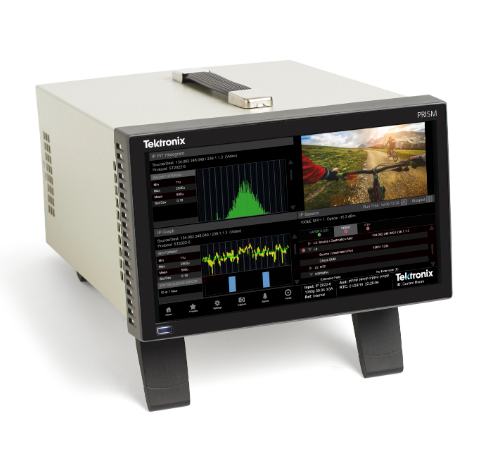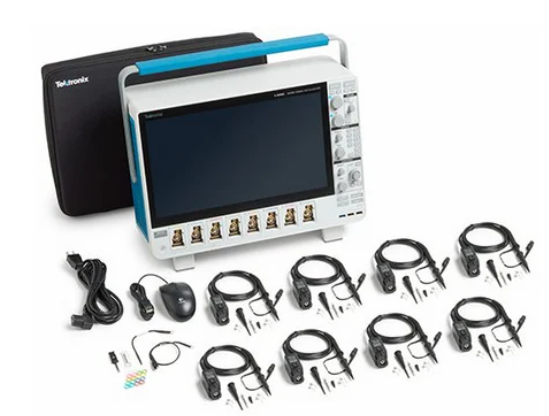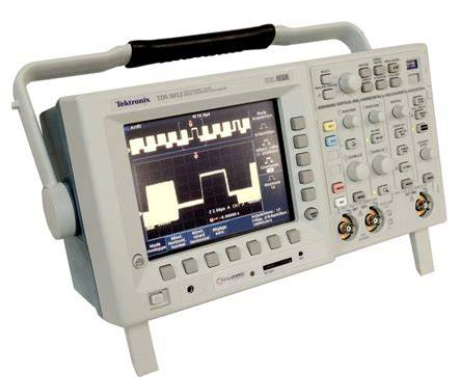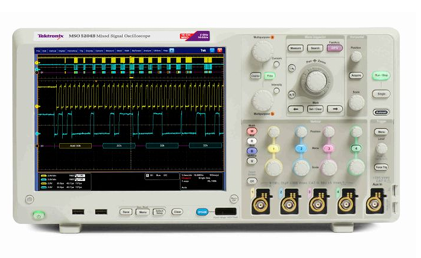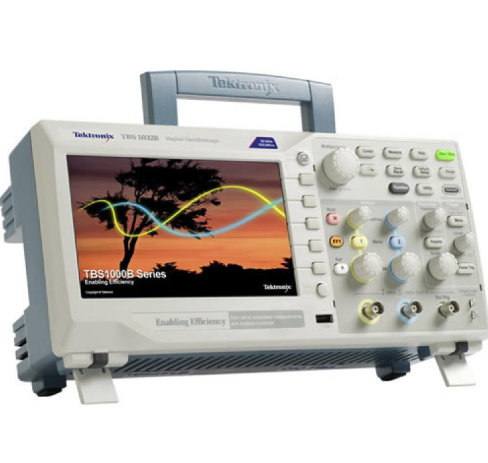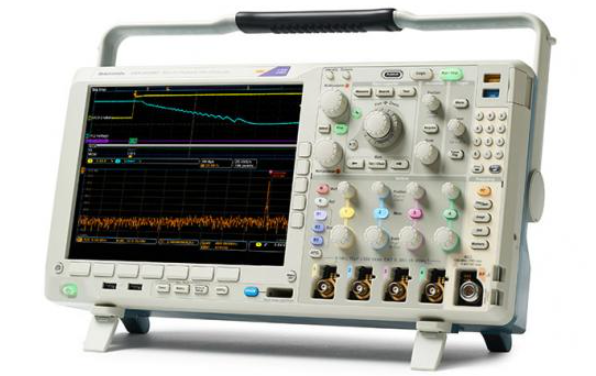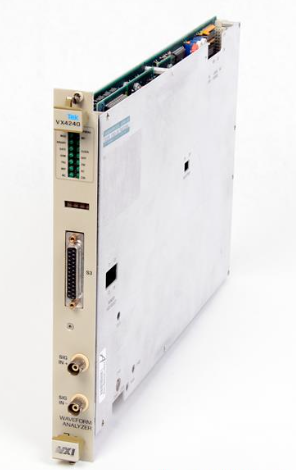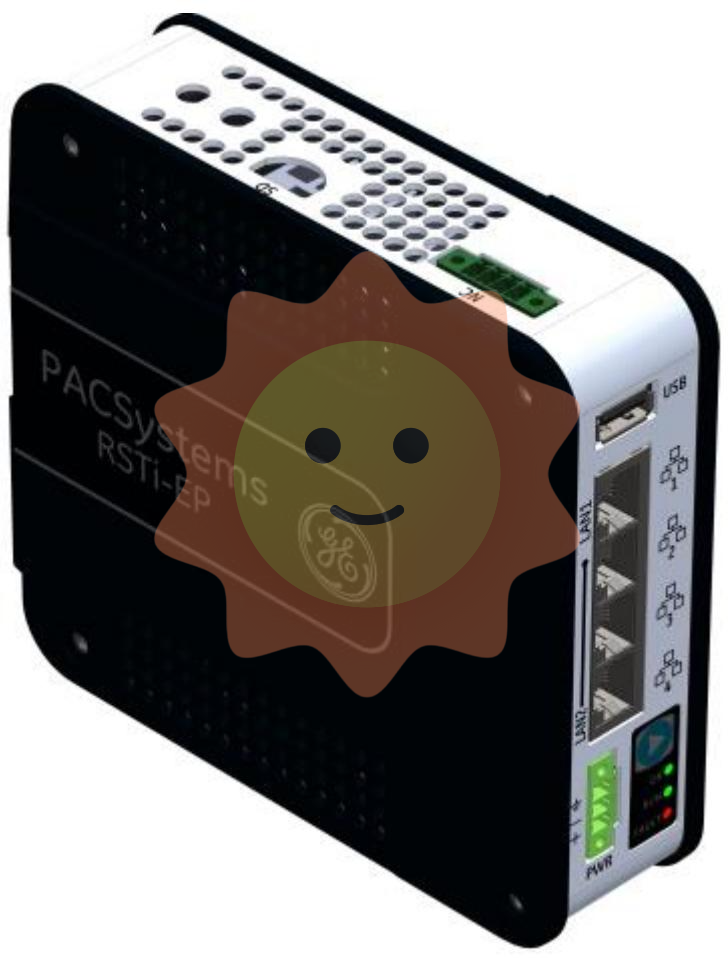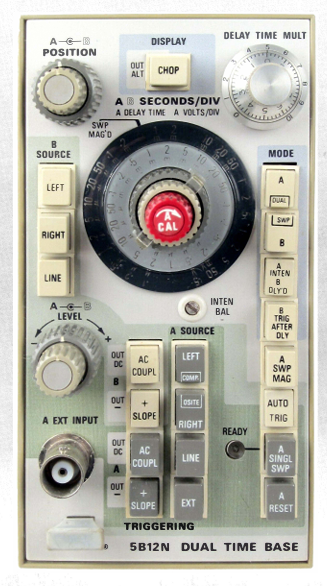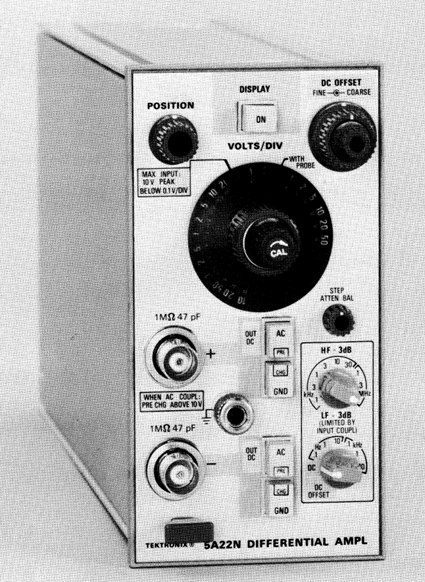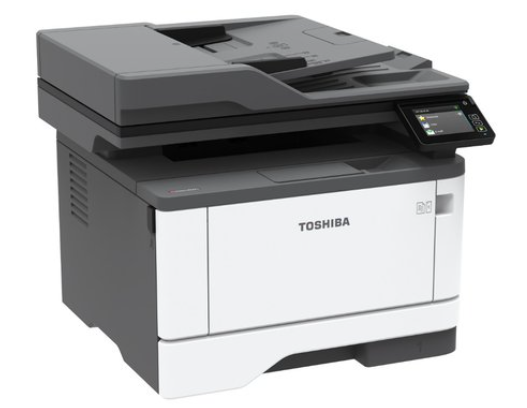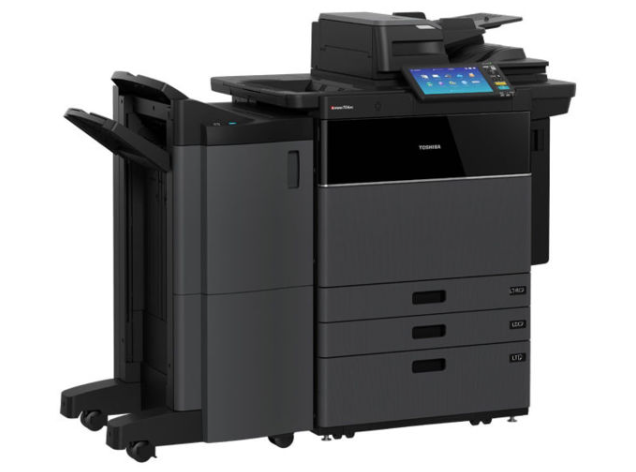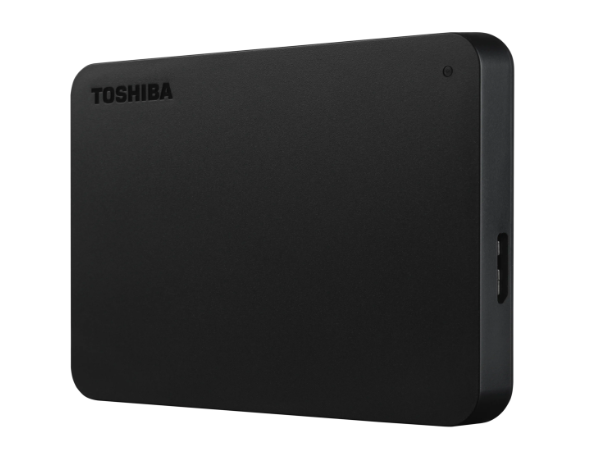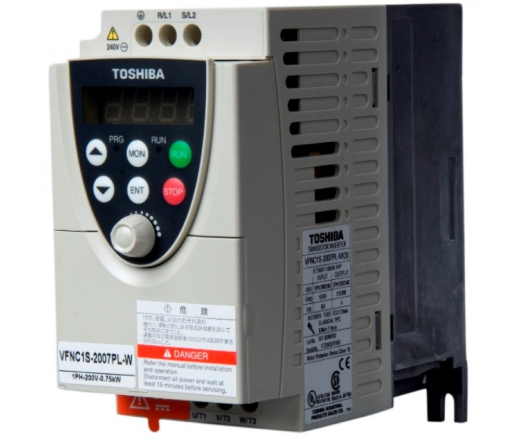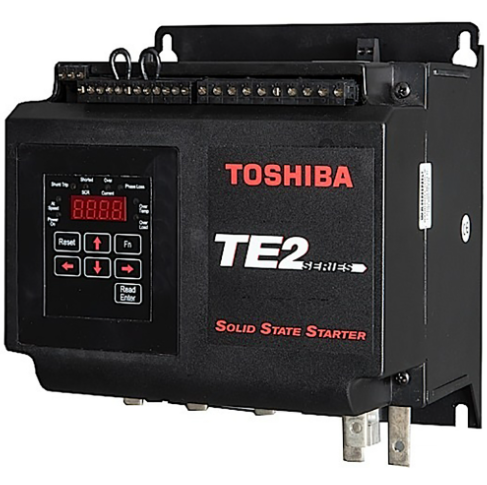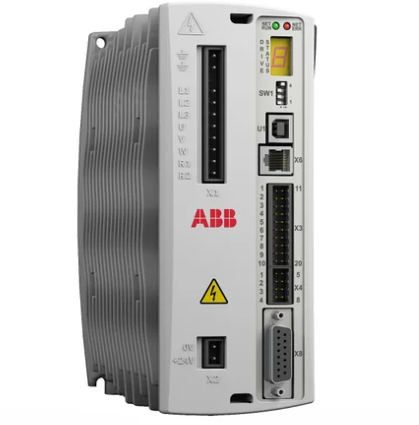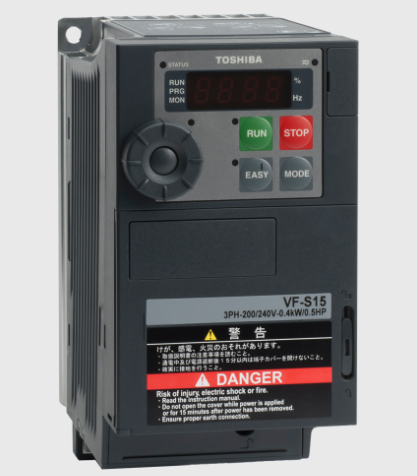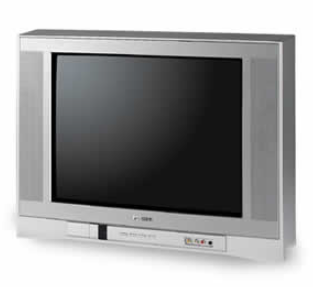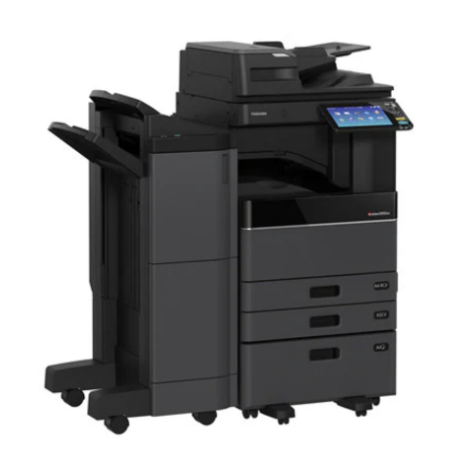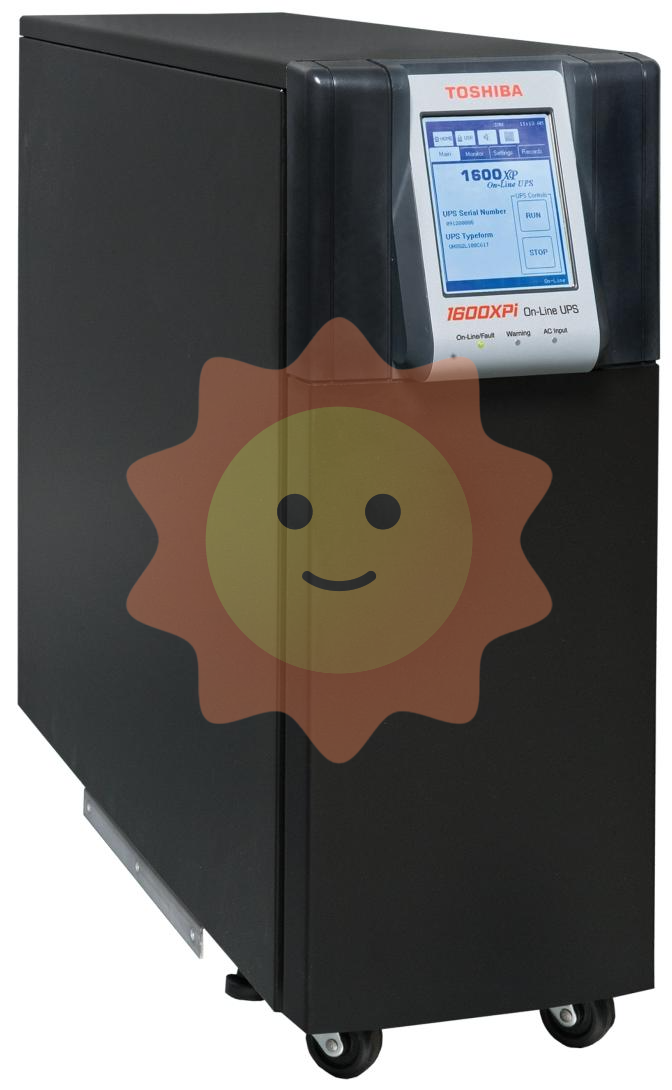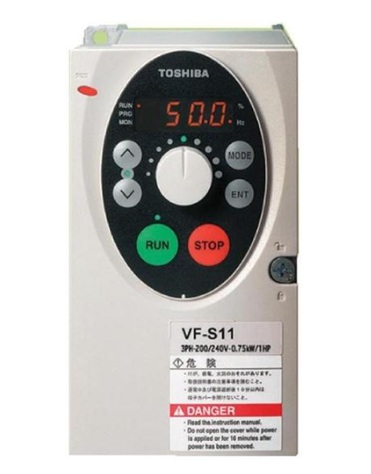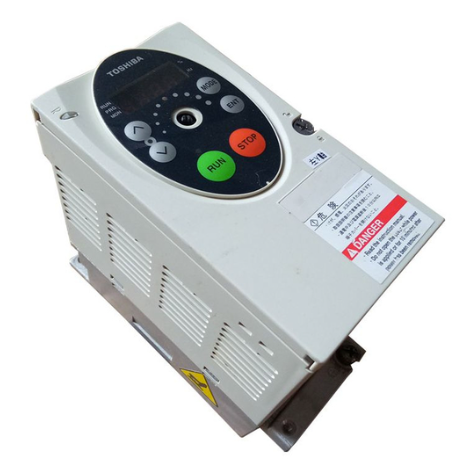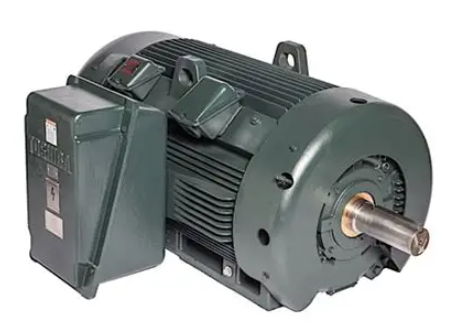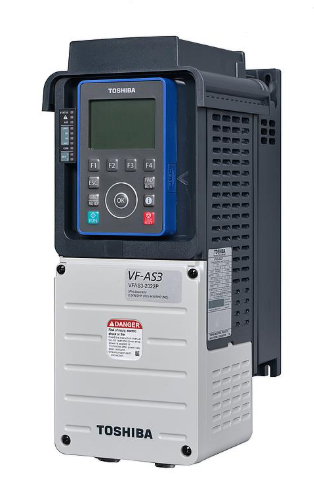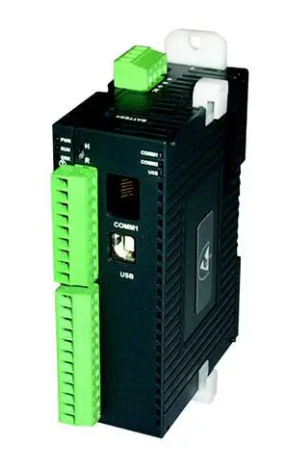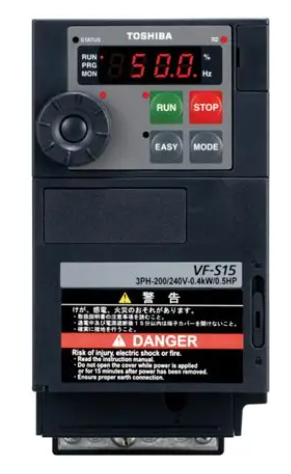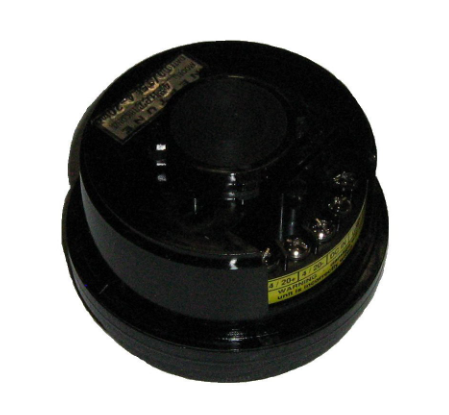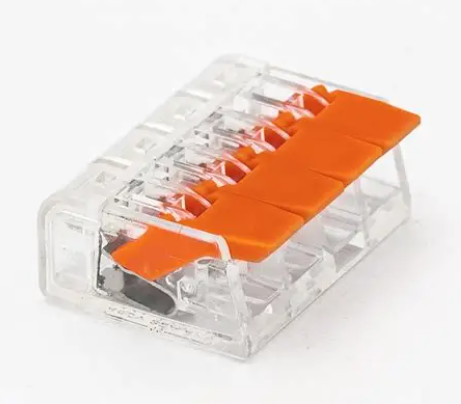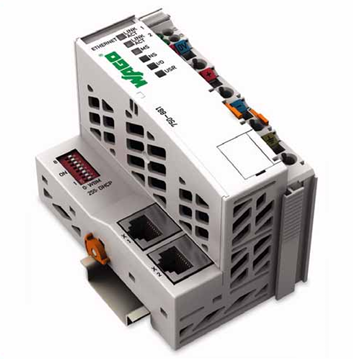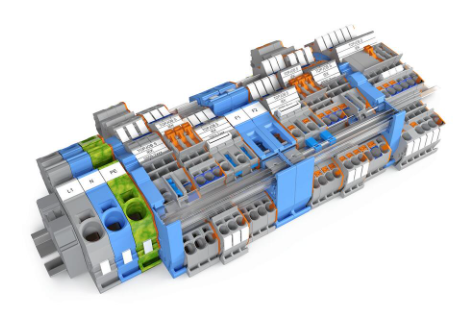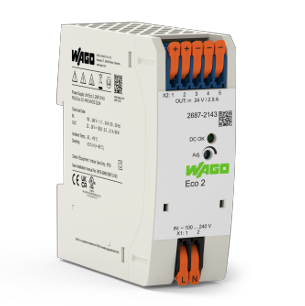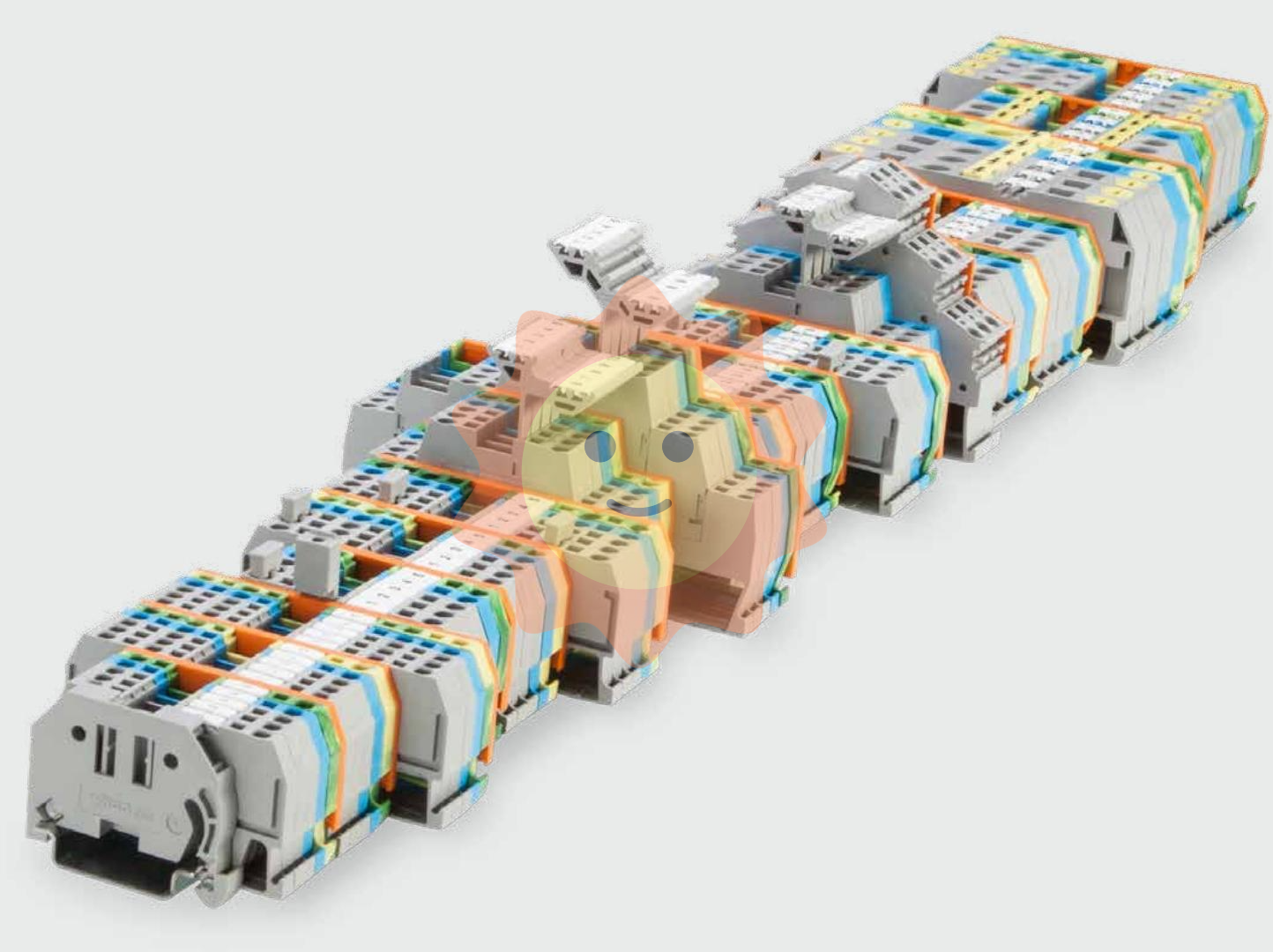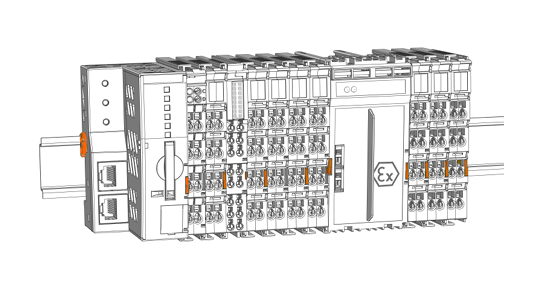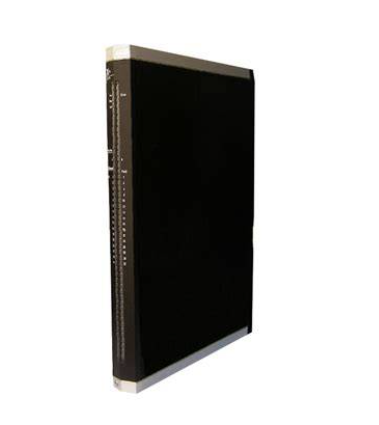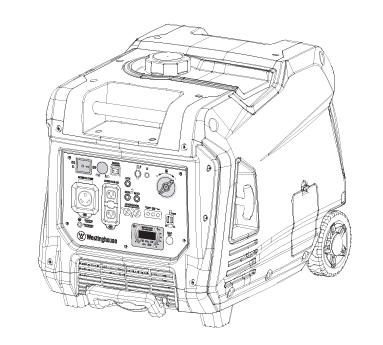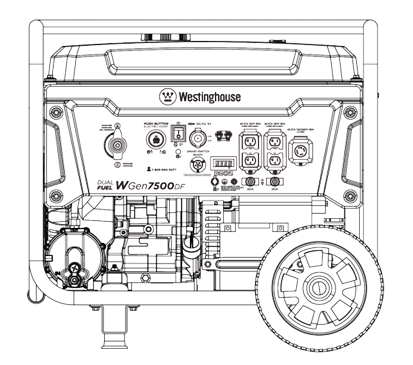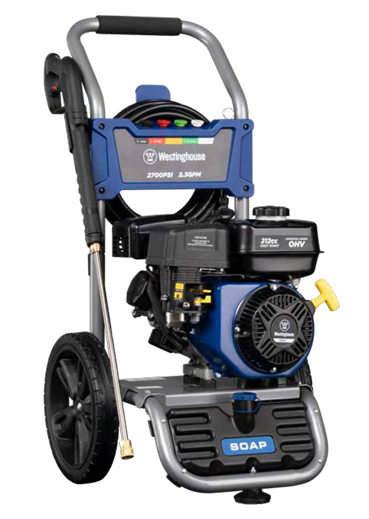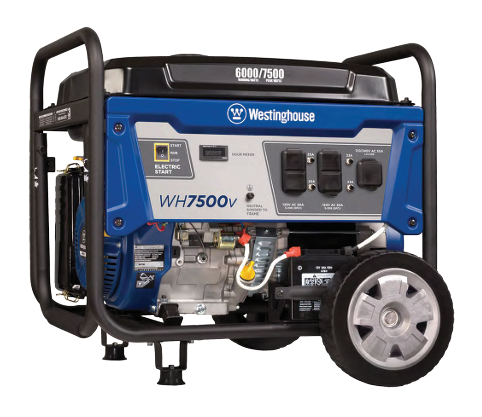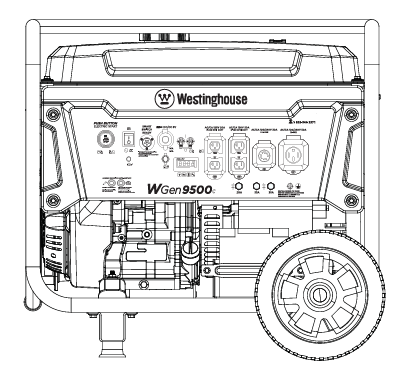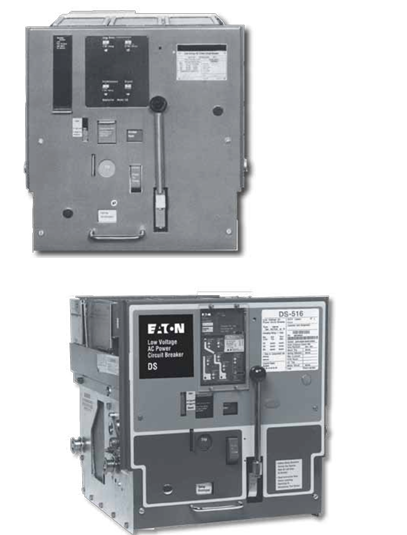GE IS230TBAIH2C Analog I/O Terminal Board
GE IS230TBAIH2C Analog I/O Terminal Board
Product Overview
The IS230TBAIH2C module is a terminal block designed to receive and process analogue sensor input signals and convert them to digital signals for monitoring, control and data acquisition. It is typically used in conjunction with a PLC (Programmable Logic Controller) or other control system to achieve industrial automation control.
Main Features
Multi-channel design: IS230TBAIH2C module usually has multiple analogue input/output channels, which can be connected to multiple sensors or actuators at the same time, improving the flexibility and expandability of the system.
High precision: the module has high-precision measurement capability, which can accurately identify and convert analogue signals to ensure the accuracy and stability of the control system.
Isolation Function: The module adopts isolation technology internally, effectively preventing the influence of electrical noise and interference on the signal, improving the reliability and safety of the system.
Easy to Configure and Program: IS230TBAIH2C module supports common industrial communication protocols and programming interfaces, which is easy for users to configure and program to meet different application requirements.
Wide temperature range: the module is designed to work in a wide temperature range and can adapt to different industrial environments.
Technical Specifications
Brand: GE (General Electric)
Model: IS230TBAIH2C
Type: Analogue input/output terminal block
Number of channels: Multiple (specific number depends on product model and configuration)
Resolution: High (usually expressed in bits, such as 16-bit or 12-bit)
Operating voltage: Standard operating voltage range usually supported
Output frequency: Standard kHz range (specific values depend on application scenario and configuration)
Communication interface: supports common industrial communication protocols, such as Modbus, Ethernet/IP, etc.
Application Areas
IS230TBAIH2C module is widely used in various industrial automation control systems, including but not limited to the following areas:
Manufacturing industry: Used in production lines to monitor and control various process parameters, such as temperature, pressure, flow, etc.
Power industry: used in the power system to monitor the status of the power grid, control the operation of power equipment and so on.
Chemical industry: used in the chemical production process to monitor the temperature, pressure, liquid level and other parameters of the reactor, and control the process of charging, mixing and so on.
Water treatment industry: in the water treatment system for monitoring water quality parameters (such as pH, turbidity, etc.) and control dosing, filtration and other processes.
Oil and gas industry: used to monitor and control various process parameters in oil and gas extraction, processing and transport.
Recommendations for use and maintenance
Correct Installation: When installing the IS230TBAIH2C module, make sure that it is properly connected and configured in accordance with the installation guidelines provided by the manufacturer. Pay special attention to the module's power connection and signal line connection to ensure a firm and reliable connection.
Periodic Inspection: Inspect and maintain the module on a regular basis to ensure that it is working properly. Pay special attention to the status of the module's indicator lights, the tightness of the connecting wires, and so on.
Environmental adaptability: When using the module, its environmental adaptability should be considered. Ensure that the module works under the specified temperature, humidity and other environmental conditions, and avoid exposure to harsh environments.
Troubleshooting: If the module is faulty or abnormal, the manufacturer or professional maintenance personnel should be contacted in time for overhauling and handling. During the maintenance process, the maintenance manual and safety regulations provided by the manufacturer should be followed.
Installation and Maintenance
Environmental Conditions:
Ensure that the module is installed within the recommended temperature and humidity ranges and avoid direct exposure to water, oil, dust or electromagnetic interference.
Power Requirements:
Use a stable power supply to avoid damage to the module from voltage fluctuations.
Signal Cable Connection:
Connect the signal lines correctly to ensure the accuracy and stability of signal transmission.
Software Configuration:
Correctly configure the software parameters of the module according to the system requirements to ensure compatibility with other parts of the control system.
Maintenance and Inspection:
Perform regular maintenance and inspection of the module, including cleaning and checking the contact status of the connectors.
Precautions
Operator Training:
Operators should receive proper operation and maintenance training to avoid malfunctions or safety accidents caused by incorrect operation.
Technical Documentation and Safety Guidelines:
The technical documentation and safety guidelines provided by the manufacturer should be read and understood in detail before installation and use.
Compliance with safety procedures:
Observe all relevant safety procedures to ensure personal safety, especially when handling high-pressure or high-speed rotating equipment.

- User name Member Level Quantity Specification Purchase Date
- Satisfaction :
-









Email:wang@kongjiangauto.com

